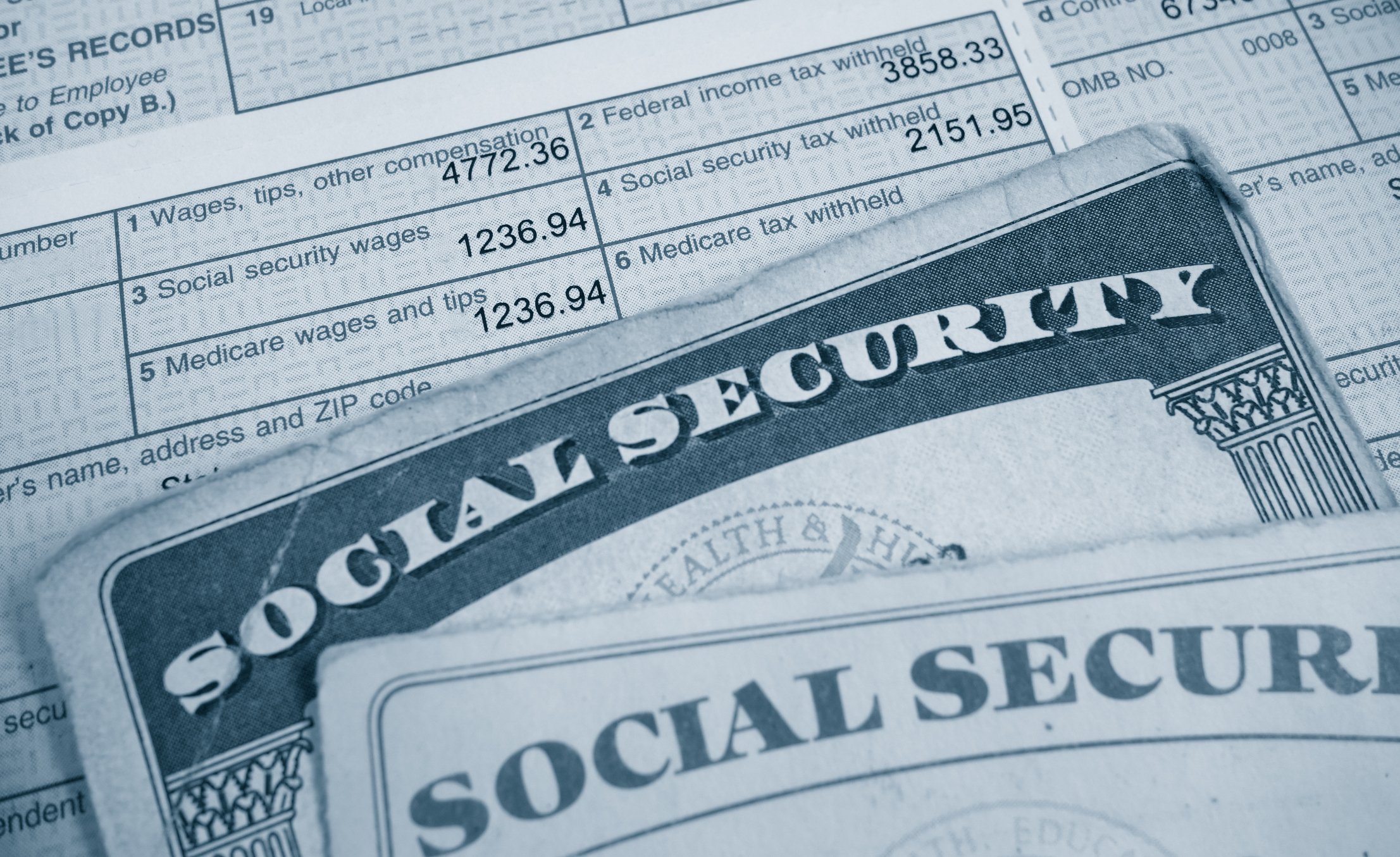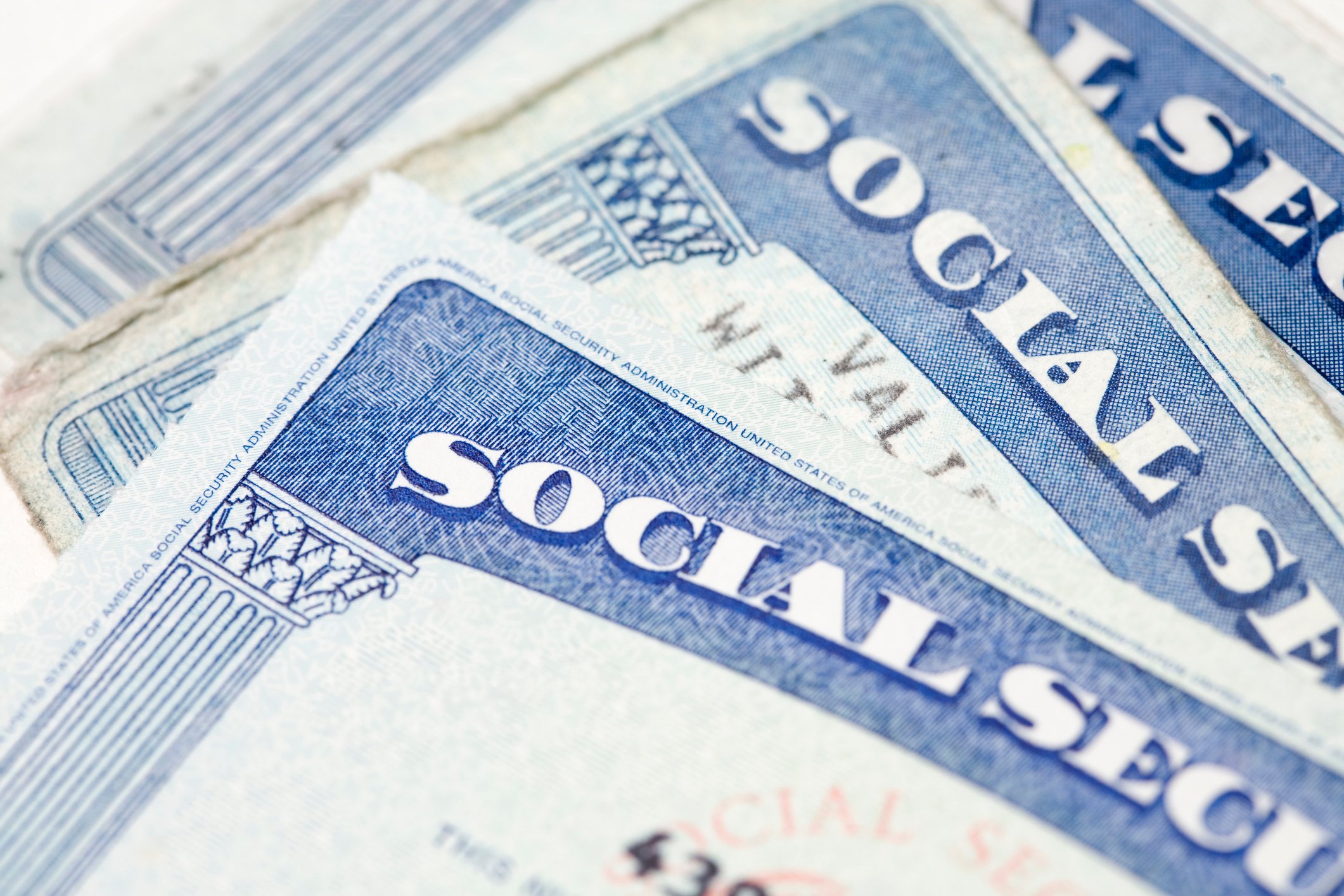
Image source: Getty Images.
A lot of personal-finance articles tell you to save money by making obvious sacrifices.
Yes, you could save a few bucks each day by making your coffee at home instead of buying it in a coffee shop, but you're giving up convenience, experience, and perhaps socialization by doing that. There are times when saving requires sacrifice, but it's also possible to make substitutions rather than truly giving things up.
This list focuses on real-life savings opportunities that won't sting too badly. These are money-saving steps that everyone can take. Not every one will work for every person, but most people could save a pretty penny by trying several of them in combination.
10. Shop around for bottled water
Giving up bottled water often appears on these lists, but many people need bottled water, whether they're constantly on the go or they live someplace with lousy tap water. Of course, it's possible to use filters and other methods of making tap water more palatable, but those methods lack the convenience of grabbing a bottle and going.
Prices will vary based on market, temporary sales, and other factors, but you should start by avoiding the temptation simply to grab the same brand of water every time you shop. Publix, a grocery chain concentrated in the Southeast was selling a case of 24 16.9 ounce bottles of its house-brand water for $4.49 ($0.187 a bottle) on Oct. 26. That's a better deal than the same size pack of Dasani ($6.19) or Aquafina ($4.99), but it was still trumped by a 32-pack of Nestle Pure Life water sold for $4.99 ($0.15 a bottle).
And if you're a Costco member, you can pick up a 40-pack of Kirkland brand bottled water for the rock-bottom price of $3 ($0.075 a bottle).

Bottled water prices vary widely, so it's important to compare brands. Image source: author.
9. Switch cable providers -- or at least be willing to
If you live in a market that has at least two cable providers -- even if one option is a satellite company -- then you can play the two against each other. In many cases, if you get some information from the potential new provider, you can use it to get a better deal from your current provider. This is a case where doing your homework matters.
Call your existing cable company and tell them you're switching to a competing service. In most cases you will be transferred to someone who specializes in loss prevention. In some cases, especially if you are a long-term customer, that representative will offer you a better deal. That could mean price matching or some free perks, like a free year of a premium network.
There's no guarantee that your existing provider will counteroffer, but most alternative providers offer one- or two-year teaser deals that will lower your bill.
8. A cup of coffee can replace your latte
At my local Starbucks here in West Palm Beach, I paid $5.25 while writing this story for a Grande (medium) Iced Caramel Macchiato with almond milk. The previous day I had a cold brew with almond milk, and that only set me back $4.25. In both cases I paid a $0.60 premium for the almond milk, but with the iced coffee I added toffee nut syrup for no extra charge. Given that I drink coffee shop coffee around 300 days a year, making this simple change would save me $300 a year (as well as a lot of calories).
7. Talk to your car insurance company
When my wife and I moved from Connecticut to Florida, at first we just changed the address where our cars were located for our car insurance company. Once we got settled in, we actually contacted them and went over the changes in how much we would be driving at our new home. My wife had cut her commute from about 50 miles round trip to about two, while my 22-mile regular commute turned into mostly walking to coffee shops to work.
Because of that, and the fact that our non-work driving would also decrease due to our new downtown condo, our bill dropped by more than $300 a year. Those are savings we're entitled to that never would have been offered had we not asked.
6. Go online for glasses
In most cases people with health insurance can get a free eye exam and sometimes money toward a pair of glasses. That money can go farther if you avoid shopping at the traditional mall-based eyeglass chains and instead opt for an online option like Warby Parker, where frames start at $95. It's a bit more hassle, given that any mistakes in fit have to be corrected through the mail, but the savings can be considerable.
5. See a matinee
Box office prices have been steadily rising in the U.S., with 2016's estimated average ticket price expected to come in at $8.61, according to Box Office Mojo. That number reflects all tickets sold, including pricier ones for 3D films, as well as discounted senior tickets and cheaper tickets sold for matinees.
In general, however, if you want to save money at the movies, the best way to do so is to attend an early showing. The definition for matinee varies from market to market and theater to theater, but broadly speaking, if a full-price Friday night ticket costs $10.50, a matinee might come in around $6.50. In addition, some theaters have special deals for especially unattractive showtimes. For example, you might pay only $5 to see a movie on Tuesday before 4 p.m.
4. Don't forget Groupon
While online deal sites have fallen out of favor in recent years, they can still be a source of savings. In many cases Groupon has deals for restaurants, activities, and services like oil changes or hair cuts. In many cases these are places where you eat or shop anyway, so buying a deal -- something like $15 for $25 at a local pizza place -- saves you money on a meal you were going to eat at full price.
3. Rotate your streaming services
Netflix, Hulu, and secondary streaming services like WWE Network allow people to join and quit without penalty. That means it's possible to join one for a month, binge on its shows, then switch to another next month to do the same. It's not difficult to do at all. For example, simply alternating between Netflix and Hulu saves $9.99 on the non-Netflix months and $7.99 a month when Hulu rotates out.
2. Find sub-$10 wine
Back in the 1980s and even through the 1990s, it was widely considered that any bottle of wine costing less the $20 might as well be served in a paper bag and drunk in the gutter. That's no longer the case, and finding quality bottles below $10 has become easy.
You could simply ask for low-priced recommendations at your local wine store, or you can find good advice in many shops by reading the signs they put below the bottles. In many shops they share ratings and review snippets from credible publications that let drinkers know what to expect. Of course, finding the right sub-$10 bottle may require some experimentation, but there are worse types of research to do.
1. Look for cheaper gas
About a mile from my condo, there's an off-brand gas station that has cheaper gas than the name-brand station a mile in the opposite direction. In fact, within a few miles of my home, which borders downtown West Palm Beach, prices can vary by huge amounts. In most cases it's easy enough to find the cheapest options simply by keeping your eyes open, but if you want to truly know your getting the best price, a tool like GasBuddy.com can show what people have recently paid in your area, steering you to the cheapest choice.





